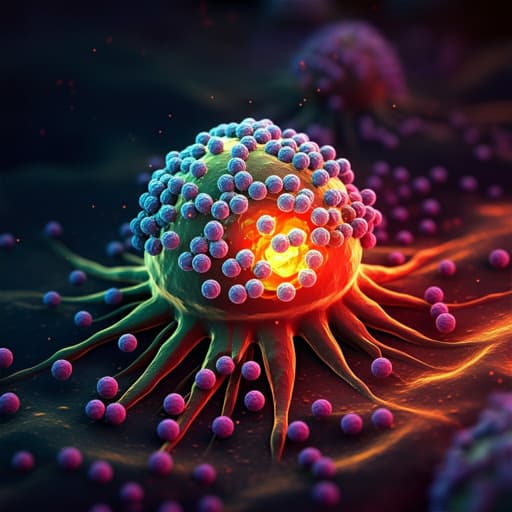
Medicine and Health
Recent progress in the development of nanomaterials targeting multiple cancer metabolic pathways: a review of mechanistic approaches for cancer treatment
L. Zhang, B. Zhai, et al.
Explore groundbreaking strategies in cancer therapy utilizing nanomaterials that target specific cancer metabolisms. This review showcases the superior advantages of nanoparticle-based therapies over traditional methods, while addressing the associated challenges and future prospects. This insightful research was conducted by Ling Zhang, Bing-Zhong Zhai, Yue-Jin Wu, and Yin Wang.
~3 min • Beginner • English
Related Publications
Explore these studies to deepen your understanding of the subject.







